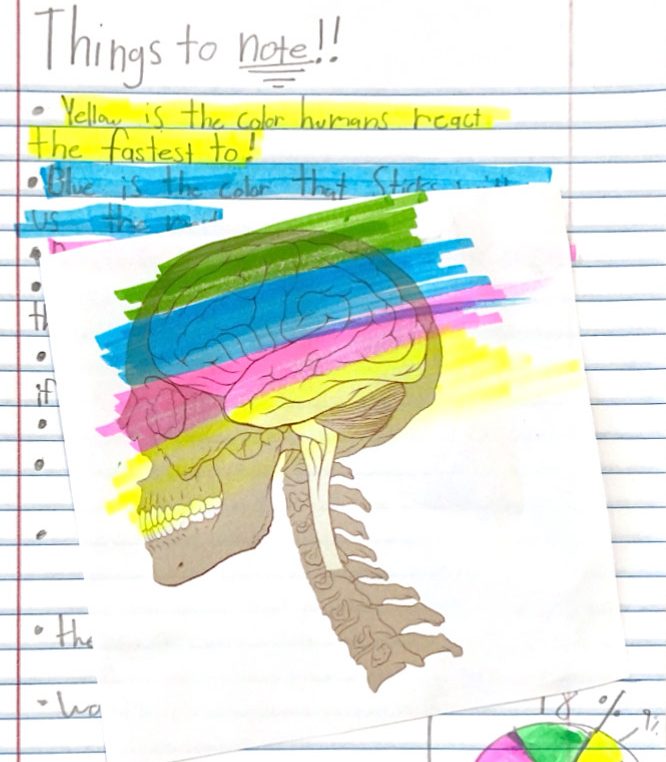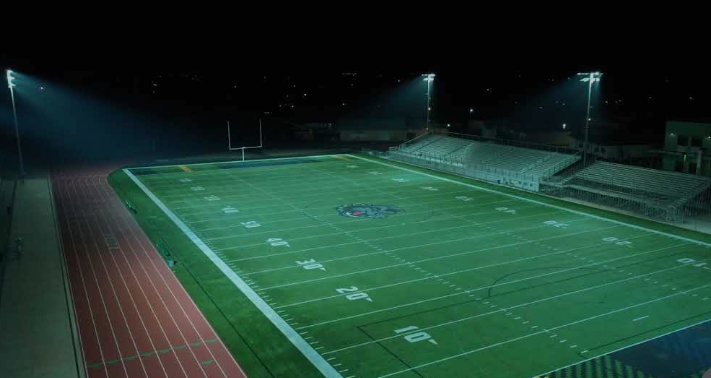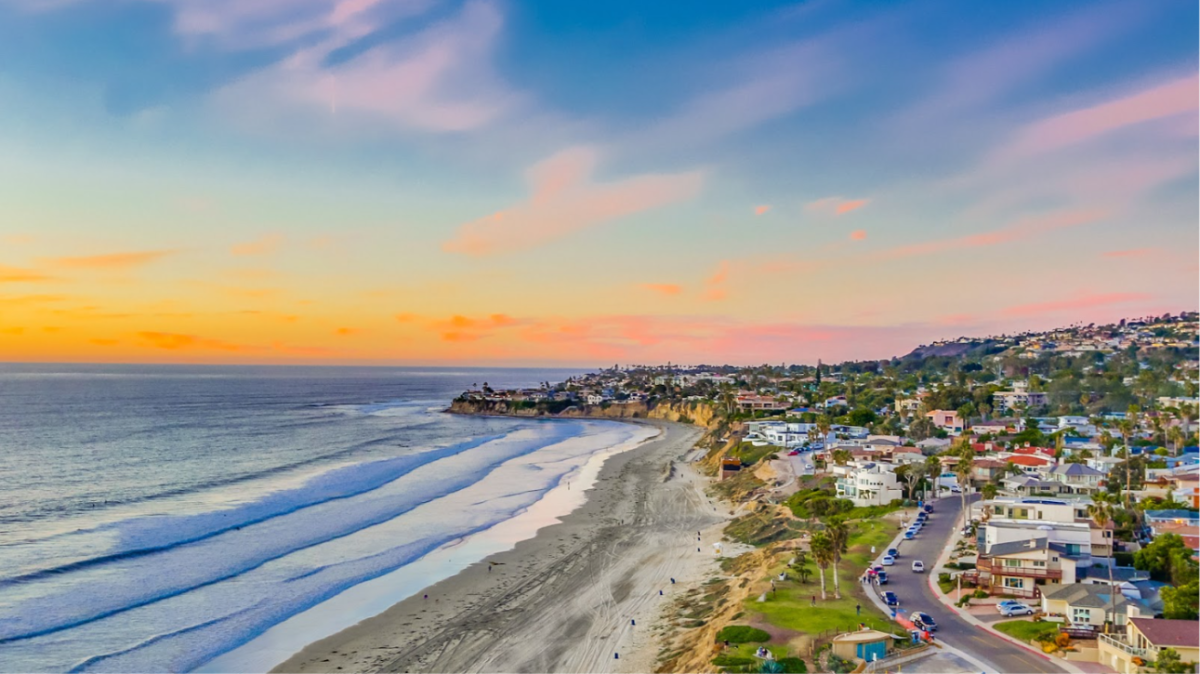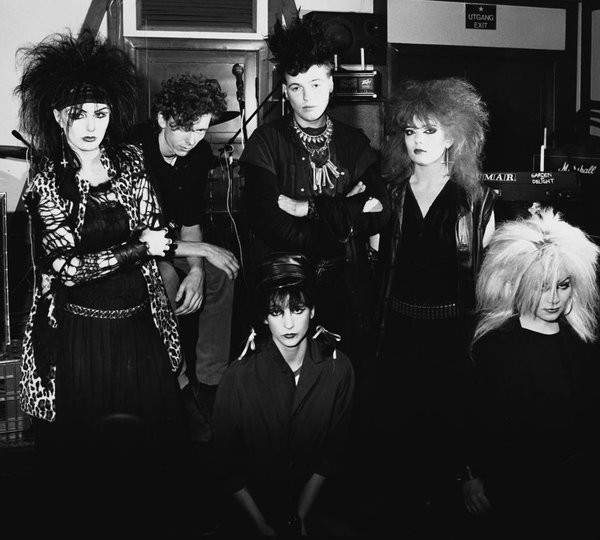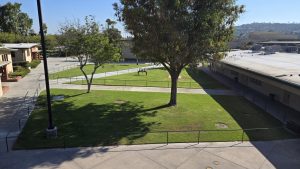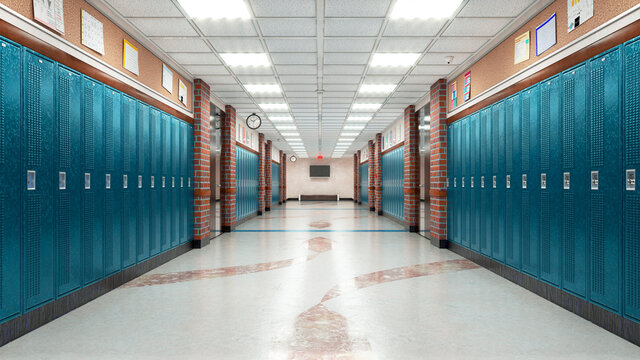Do you think we have enough natural space on campus?
“No I do not,” shares Barbara Dagman, an English teacher at Helix Charter High School, as well as head of its environmental club. She continues, “I think that what we have is in transition.” Students seem to agree with this statement. I conducted a survey of 27 students, only six of which believe Helix has plenty of green space. The rest are skeptical.
So, what do we have? Small pockets of grass and trees are scattered around Helix, but they aren’t very prominent or usable. Certainly, we are also not lacking in playing fields for sports. In fact, more than half of Helix’s campus is made up of baseball, football, and soccer fields. These areas, however, are severely lacking in biodiversity. Their dominant plant is grass, which is harder than you may think to uphold.
The issue here is that schools are not using greenery from their surroundings, and it is evidently harmful. Grass lawns have a toll, and it’s a pricey one. According to an article by Commons Earth, about a third of all residential water in the U.S. goes towards landscape irrigation, totaling 9 billion gallons of water a day. With ever-increasing needs for conservation, the push for native plants in public spaces grows. Continuing forward in this way may not save the environment in full, but it could lessen the negative effect we have on it significantly.
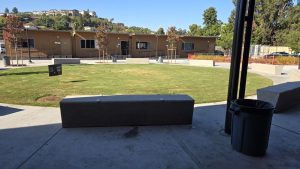
What we need are small pockets of nature, green spaces to relax or do homework or do anything you don’t want to do inside a stuffy classroom. And with the difficult, chaotic nature of school at times, a quiet place to relax is paramount. In the same 27-student survey, 88.5% of participants agreed that green spaces have the potential to improve mental health. Not only that, but an article by the Yale Ledger reports that green spaces can have a calming effect on students, reducing stress and anxiety if they simply take a moment to enjoy them. “They’re natural de-stressers, they help students to regulate their nervous system, and we should be more aware of that,” adds Dagman. Some ways to incorporate such spaces could be a school garden or wildlife habitat, and, most importantly, courses regarding sustainability action, so students can understand the positive impact they can have on their environment and take matters into their own hands and minds.
As a school, but more importantly as a society, we need to do better in the ways we integrate with our natural landscape and coexist with it, rather than impose on it. We can change our infrastructure to accommodate and help more people. Think of growing beds, planters, or public parks. Through these methods, we can make our lives more green. As Dagman puts it, “anything can be redesigned…look at airports, look at shopping malls.” She closes, “We could definitely catch up in that regard.”





